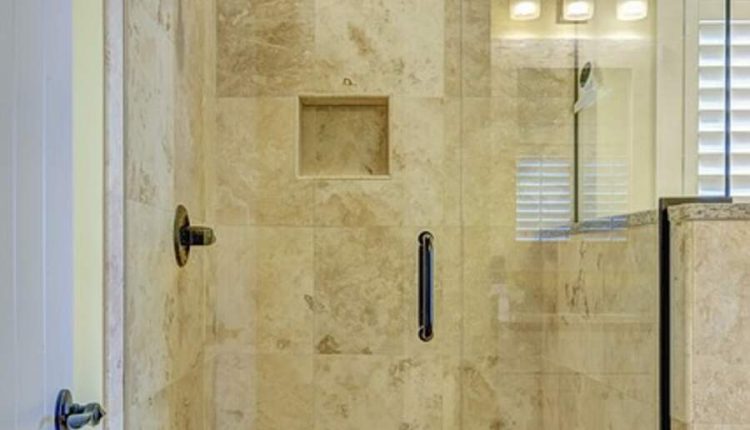DIY ceramic showers are possible with tile shower pan installation advice. Knowing the basics of shower pan construction can help you communicate effectively with the professional who installs your shower.
Traditionally, a shower pan is a masonry base upon which tile is installed and grouted. This is easy to understand in theory but difficult in practice. It’s not easy for the average handyman to construct a shower pan due to the tactics tile setters use. Shower pan construction is a high-stakes endeavor. Most of the essential parts of a shower floor are hidden beneath the tiles. If the shower leaks due to your carelessness, you must gut the room and start over completely.
A shower floor naturally leaks, so you need a shower pan. In any case, the grout does. Water quickly permeates the grout used in a shower floor. The subfloor will decay without a waterproof barrier because part of the water from the shower will seep through the base. A shower pan has a waterproof liner to prevent water from seeping through the grout and into the subfloor. Weep holes in the floor under the drain’s surface and collect water seeping through the grout.
These fundamental procedures are the building blocks for the pan.
Construct a sturdy floor sub-base out of wood or concrete.
Adjust the drain’s height until it’s flush with the completed floor.
The first base coat of mortar should be poured so that it slopes down toward the drain.
Install the vinyl liner, gluing it to the drain’s base and extending it up the wall by six inches.
To keep the hole open in the floor drains, fill them with gravel.
Add a level layer of masonry on top, then pour.
Tile over the cured base using a thin set.
Put tile in a grout.
That’s the idea, and while it’s essential, you can apply many other twists and forms to it. Some choose to use a vinyl membrane as a base and then pour and slope only one layer of brickwork on top.
A tile-ready shower can eliminate all of this hassle. At least three manufacturers supply whole systems that feature pans with integrated drains and are prepared for tile installation immediately following the pans’ placement. In other arrangements, the pans can be fashioned from any arrangement of foam and vinyl sheets. Some suppliers use generic pans that might not work for your needs. The time and effort saved by using tile-ready shower pans are substantial. The expense is a significant drawback. There are tile-ready showers available. However, the materials for a regular tile shower can be cheaper.
Shower flooring made of fiberglass is also readily available. Your neighborhood hardware or home improvement store undoubtedly carries these pans. A shower’s foundation can be a piece of fiberglass, while the remainder of the space can be tiled. Tiles cannot be installed directly on top of a fiberglass shower pan. And everything that isn’t a standard size will either cost a fortune or be entirely out of reach.
As you can see, there are options outside the conventional stone shower; nonetheless, there are valid reasons why the “old” method of constructing a shower out of tiles is still the norm.
Shower tile construction, have you baffled? Inquiring minds want to know. To learn more about tile shower pans, check out our resources at [http://www.installingceramictile.net/reviewshower.html].
Please visit if you have any queries about putting ceramic tile in your shower.
Read also: Art Deco Interior Design.


